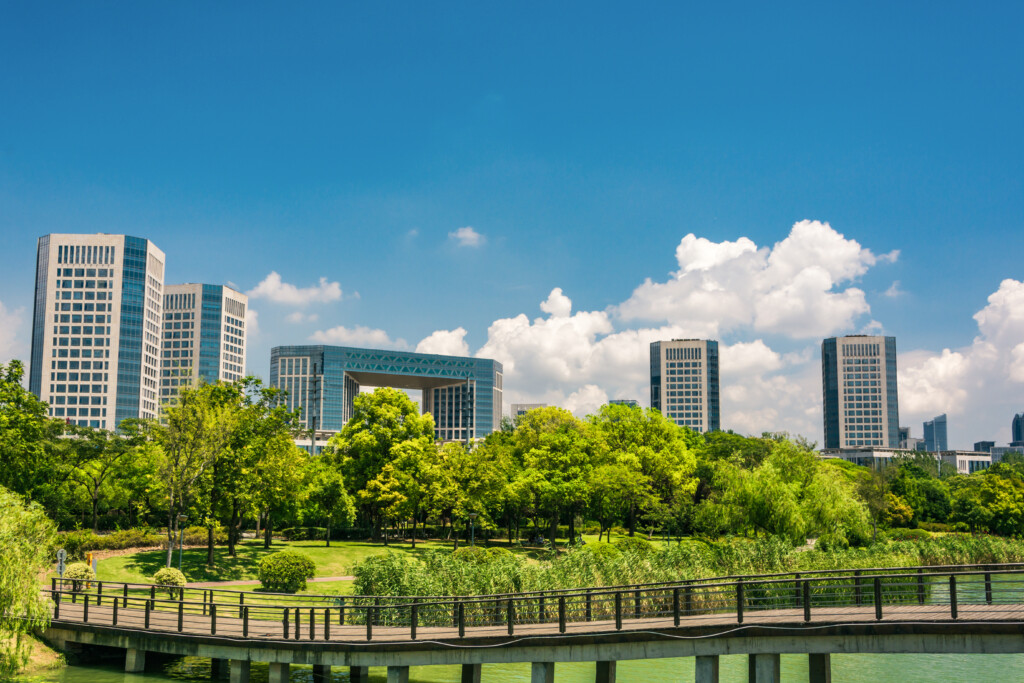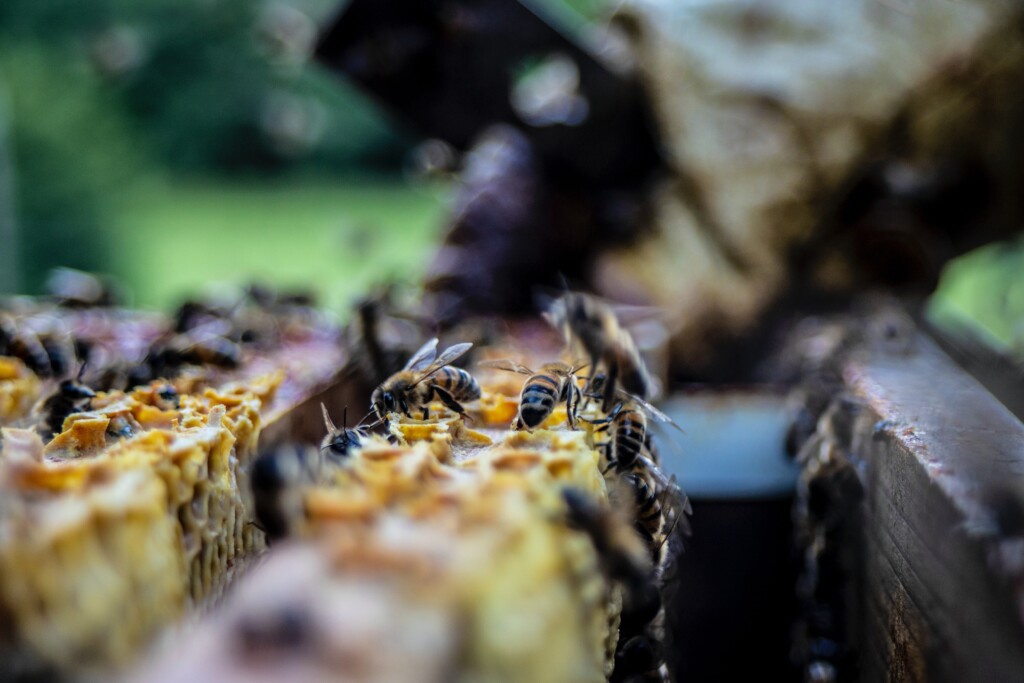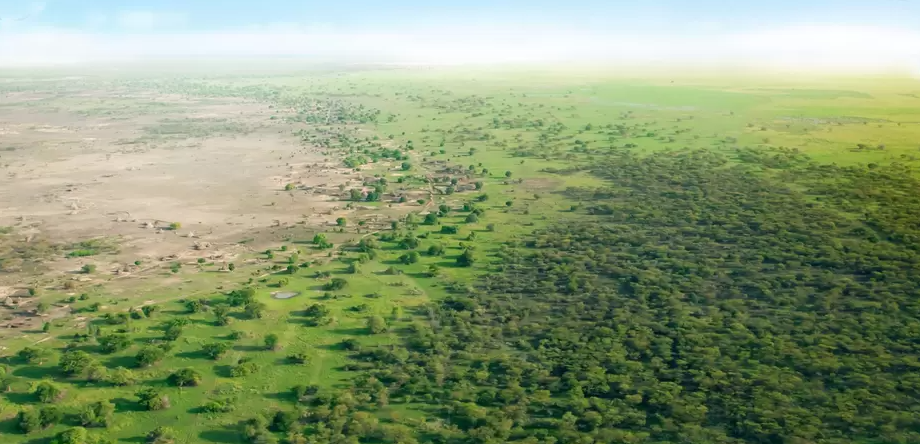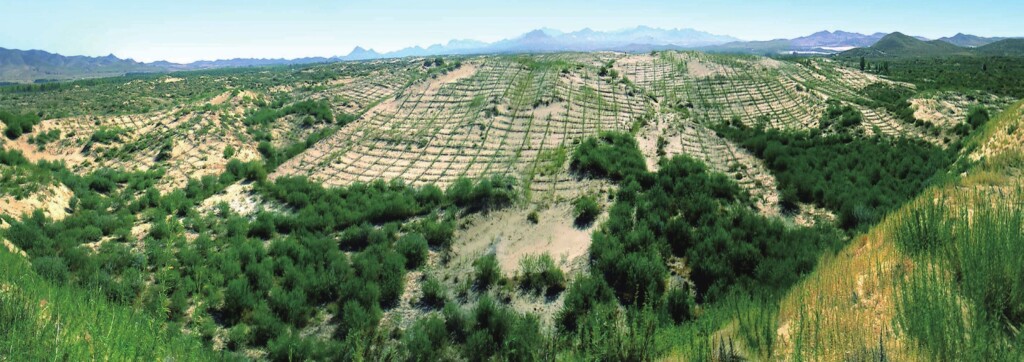💡 Green belts are designated areas of undeveloped land surrounding urban centers, aimed at limiting urban sprawl, preserving natural landscapes, and enhancing environmental quality. They serve as a buffer between urban and rural areas, providing ecological, recreational, and aesthetic benefits.
Green belt policies were first introduced in the United Kingdom in the 1930s as a way to control urban sprawl and protect the countryside from development. The policies were designed to prevent cities from merging into one another and to maintain a clear distinction between urban and rural areas. Today, many countries around the world have adopted similar policies to protect their natural environments and promote sustainable development.
The purpose of green belt policies is to preserve open spaces, protect natural habitats, and promote sustainable development. By limiting development in designated areas, green belt policies help to prevent urban sprawl and protect the countryside from the negative impacts of development, such as pollution and habitat destruction.
Green belts also provide recreational opportunities for residents and help to maintain a high quality of life in urban areas. To really get a handle on this topic, it would be super helpful to look at some hard numbers. Relevant statistics could shed light on percentage of land designated as green belt in a particular country or region, the amount of development that has been prevented by green belt policies, and the economic benefits of preserving open spaces and promoting sustainable development. For example, a study conducted in the United States found that every dollar invested in land conservation and outdoor recreation generates $5 in economic benefits, including increased property values and tourism revenue.
Up next, we’re exploring both sides of the green belt coin—highlighting their undeniable benefits while also touching on some of their limitations.
Green belts offer a multitude of advantages when integrated into city planning strategies. Here are some of the key merits:
By recognizing these advantages, urban planners and policymakers can more effectively utilize green belts to balance development and conservation.
While green belts are designed with positive objectives in mind, they also come with a set of challenges and disadvantages. Here are some key points to consider:
By taking these challenges into account, policymakers can aim for a more balanced approach between the conservation goals of green belts and the practical needs of growing communities.
Designated green belt zones serve as a strategy to curtail the unchecked spread of cities, commonly known as urban sprawl. Situated around urban centers, these green belts are crafted to act as a barrier between built-up areas and the adjacent rural landscapes. Their primary objectives are the conservation of natural spaces, the protection of agricultural land, and the halt of urban areas encroaching unchecked into the countryside. By enforcing these boundaries, green belts encourage more responsible and sustainable land management.
Conversely, the phenomenon of urban sprawl signifies the unplanned, unregulated growth of urban regions into the rural surroundings. Such sprawl tends to negatively affect land use in several ways, such as eroding natural ecosystems, leading to the loss of agricultural areas, and breaking up habitats. Further drawbacks include increased traffic and air pollution, both of which pose environmental risks. By acting as a countermeasure to urban sprawl, green belts contribute to a more sustainable approach to land management and use.
Numerous pieces of data underscore the role of green belts in influencing land use effectively. A governmental report from the United Kingdom indicates that since the 1950s, green belts have preserved more than 1,600 square kilometers of undeveloped, greenfield land. Another research study reveals that green belts can curtail the extent of land overtaken by urban expansion by a figure approaching 40%. Such data validates the substantial role that green belts play in safeguarding both land use and the environment.

Green belts are areas of land that are designated for conservation and protection of natural habitats, wildlife, and biodiversity. They are typically located around urban areas and act as a buffer zone between the city and the countryside. The main role of green belts is to preserve biodiversity by providing a habitat for a variety of plant and animal species. Studies have shown that green belts can help to increase the number and diversity of species in an area.
According to a report by the UK National Ecosystem Assessment, green belts in the UK provide a range of ecosystem services, including carbon storage, air and water purification, and flood prevention. The report also found that green belts contribute to the health and well-being of local communities by providing opportunities for recreation and access to nature.
Statistics from the United Nations Environment Programme (UNEP) indicate that biodiversity is declining at an alarming rate due to human activities such as deforestation, habitat destruction, and climate change. Green belts can help to mitigate these threats by providing a refuge for wildlife and promoting the conservation of natural habitats. By preserving biodiversity, green belts also help to ensure the long-term sustainability of ecosystems and the services they provide to human societies.

Green belt designations are typically made by local governments and are often accompanied by zoning laws that restrict development within the designated area. These laws may limit the types of buildings that can be constructed, the density of development, and the use of land for certain purposes.The purpose of green belt designations and zoning laws is to protect the environment, preserve natural resources, and promote sustainable development. By limiting development in certain areas, these policies can help to prevent urban sprawl, protect wildlife habitats, and maintain the character of rural areas.
Green belt designations and zoning laws can have a significant impact on property values and development opportunities. Property owners within designated green belt areas may face restrictions on their ability to develop or sell their land, while those outside of the green belt may benefit from increased demand for development in their area.It is important for property owners and developers to be aware of green belt designations and zoning laws in their area, as they can have a significant impact on their ability to use and develop their land. Local governments and planning authorities can provide information and guidance on green belt policies and zoning regulations.
It is crucial for local residents and businesses to engage in the planning process and understand the implications of green belt policies. Participation in public consultations and staying informed about changes in zoning regulations is essential for making informed decisions about property investments and development projects.
Ultimately, the success of green belt policies depends on the cooperation of all stakeholders, including local governments, property owners, developers, and the general public. By working together, it is possible to strike a balance between the need for urban development and the necessity to preserve natural spaces, wildlife habitats, and the rural character of the surrounding areas. This balance is essential for promoting sustainable development and ensuring a high quality of life for future generations.
Implementing and maintaining green belt policies can be challenging due to various factors. One of the main challenges is the lack of political will and support from local governments. Green belt policies often require strict land-use regulations and restrictions, which can be unpopular among property owners and developers. Without strong political backing, it can be difficult to enforce these policies and ensure compliance from all stakeholders. This can lead to a lack of consistency in implementation and a weakening of the overall effectiveness of the policy.
Another challenge is the issue of funding. Implementing and maintaining green belt policies often require significant financial resources, including the acquisition of land, infrastructure development, and ongoing maintenance costs. Many local governments may not have the necessary funds to support these initiatives, leading to a lack of investment and limited success in achieving the desired outcomes.
Furthermore, there may be challenges related to public awareness and education. Many people may not understand the importance of green belt policies and the benefits they provide, such as protecting natural habitats, promoting sustainable development, and improving the quality of life for residents. Without proper education and outreach efforts, it can be difficult to gain public support and participation in these initiatives.
Data regarding the difficulties of establishing and sustaining green belt initiatives can differ based on the geographical area and the particular policy under scrutiny. However, studies have shown that political will and funding are consistently identified as major barriers to success. For example, a study conducted in the United Kingdom found that the lack of political support and funding was a key challenge in implementing green belt policies in certain areas. Another study in China identified similar challenges, with a lack of funding and public awareness hindering the success of green belt initiatives in urban areas.
Green belt policies are implemented in various countries around the world to protect the natural environment and promote sustainable development.
One successful green belt project is the Great Green Wall of Africa, which aims to combat desertification and land degradation by planting a 8,000 km long and 15 km wide belt of trees across the Sahel region. This project has the potential to benefit millions of people by providing food security, creating jobs, and reducing the effects of climate change.

Another successful green belt project is the Green Belt Movement in Kenya, founded by Nobel Peace Prize Laureate Wangari Maathai. This project focuses on empowering women and communities to plant trees and restore degraded forests, while also promoting democracy and human rights. Since its inception in 1977, the Green Belt Movement has planted over 51 million trees and inspired similar initiatives in other countries.
In China, the Grain for Green project is a large-scale green belt program that aims to restore degraded land and reduce soil erosion by converting cropland into forest or grassland. This project has been successful in improving the ecological environment, reducing poverty, and enhancing biodiversity in rural areas. By 2015, the Grain for Green project had covered over 28 million hectares of land and benefited over 100 million people.

In the United Kingdom, the Green Belt policy was introduced in the 1950s to prevent urban sprawl and protect the countryside around major cities. This policy has been successful in preserving the natural environment and promoting recreational activities, while also providing a buffer zone between urban and rural areas. However, the effectiveness of the Green Belt policy has been debated in recent years, as some argue that it has led to higher housing prices and limited the supply of affordable housing.Overall, green belt projects have the potential to provide numerous benefits to society, including environmental protection, economic development, and social empowerment. By learning from successful examples around the world, we can continue to improve and implement green belt policies that promote a sustainable future for all.
Sustainable development is a concept that seeks to balance economic growth with environmental protection and social well-being. Green belts can play an important role in sustainable development by preserving natural areas, promoting biodiversity, and reducing the environmental impact of urbanization. By limiting urban sprawl, green belts can also help to reduce traffic congestion and air pollution, which are major contributors to climate change.The future of urban planning is likely to involve a greater emphasis on green belts and sustainable development. As cities continue to grow and expand, it will become increasingly important to protect natural areas and promote sustainable development. Green belts can help to achieve these goals by providing a buffer between urban and rural areas, preserving natural habitats, and promoting sustainable land use practices.
A green belt is a zone of undeveloped land surrounding an urban area, designated to limit urban sprawl and preserve natural landscapes.
They help control urban expansion, protect the environment, and provide recreational spaces for residents.
Yes, green belts often result in higher housing prices within their boundaries due to limited land availability for new development.
Stay a while and read more posts like this
Let’s devote a few minutes to envision our world in 2100. It’s quite a thought experiment, given the dramatic transformations our planet has experienced in...
With climate change looming large, the world is embarking on a quest for solutions to heal our ailing planet. Solar geoengineering emerges as a burgeoning field,...
Taking on parenthood comes with unique choices that factor in more than just our family’s immediate needs. For modern parents, who are not just guardians of...